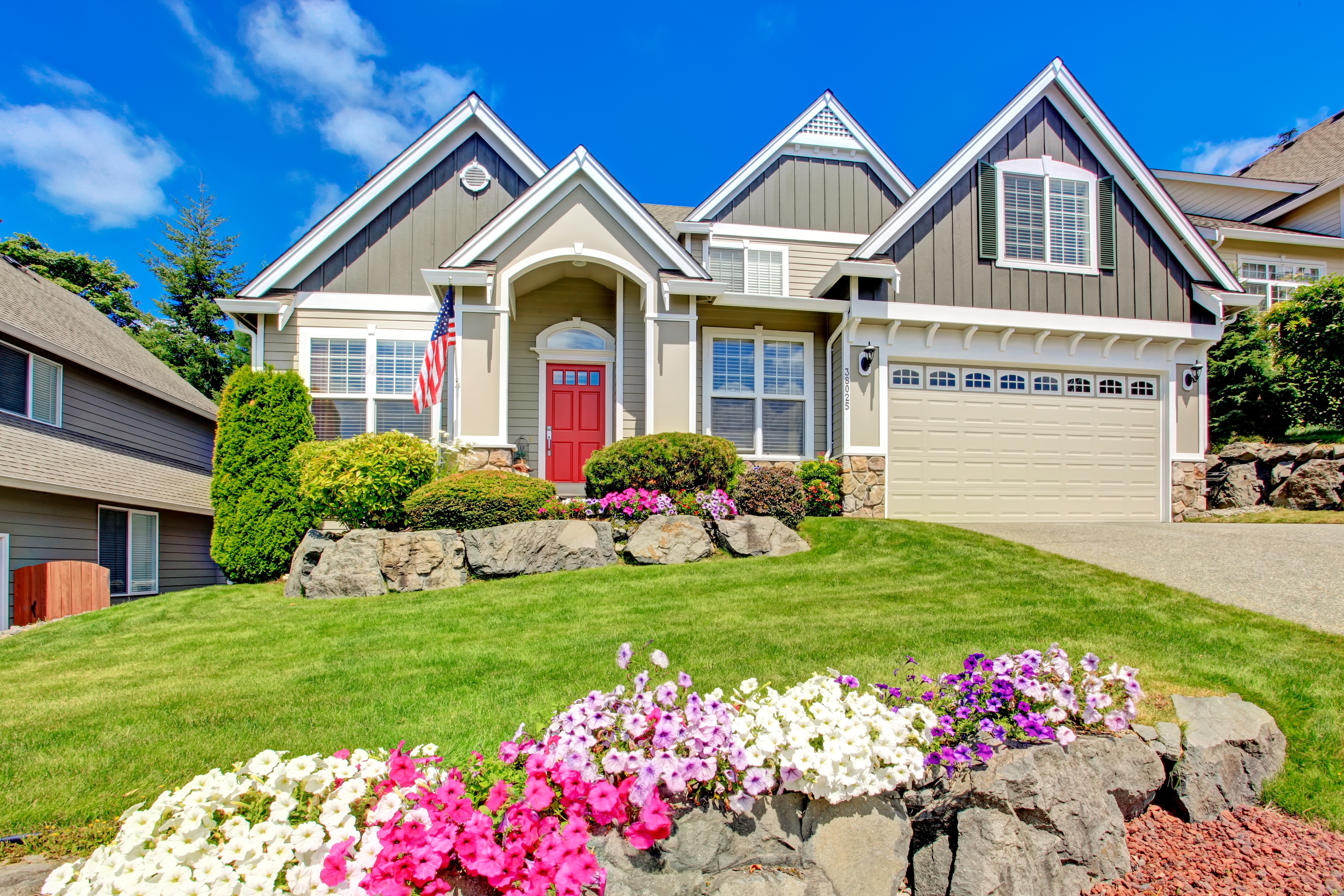Nancy Crowe
Nancy Crowe
Want to start gardening but aren’t sure where to begin? It’s easy to get overwhelmed by all the options and information available, but starting small can yield great benefits.
It can be as simple as adding a few easy-care flowers. If you’ve just moved into a new home, especially one that’s newly built, you probably have some basic beds and shrubs but not a lot of color or personal panache to your landscaping. Even if you’ve lived in your home for a while, you may see some spaces that could use a little refreshing — say, that spot under the kitchen window that made you think: “What if I planted some new flowers there?” last year.

Before You Head to the Nursery
First, consider two things:
- When is the average last frost date in your area? Visit the Old Farmer’s Almanac website or consult your local state university extension service. Planting annuals (or any plant grown as an annual) after the last frost date will increase your chances of success.
- How’s your soil? Grab a handful and squeeze it between your fingers. If it crumbles easily, you’re probably OK to plant. If it forms a ball or sticks together, it’s still too wet from winter. Consider adding some quality bagged garden soil to freshen things up a bit.
Great Picks for Beginners
When you’re ready to plant, try any of these easy-to-find and relatively inexpensive flowers:
• Petunias for sunny (or mostly sunny) areas. They add cheerful splashes of just about any color and are heat-tolerant. Better Homes & Gardens even goes so far as to call them “failproof favorites.”
• Impatiens are colorful standbys for shadier areas.
• Snapdragons also add color and a spikier flower structure, and they are tolerant of a variety of temperatures. They prefer full sun but can tolerate a bit of shade.

Bring them home and remove each plant from its container by gently squeezing the sides of the container to loosen. Then untangle the roots, use a trowel to pull the soil aside and place the plant in the hole. Don’t pack the soil around it too firmly; just smooth it over.
Care and Feeding
Give them a good, thorough watering to help them settle in. Then water every few days, more often if it’s especially hot or dry. Remember to water the roots, not the leaves or flowers, to prevent fungal disease. Fungal disease (powdery mildew is a common one) basically means organisms are growing on the plant that take away the plant’s nutrients. Too much moisture is a leading cause.
Give them some fertilizer every three weeks or so, or you can use the slow-release, granulated kind you sprinkle on the soil, and make only one or two applications during the growing season.
Even planting just a few flowers in one small area can perk up and add a personal touch to your landscape. It can also boost your confidence and inspire you to grow even more.
Enjoy the flowers you’ve just added, and watch for our next Garden Starter post on container gardening.
.png?width=375&height=150&name=MicrosoftTeams-image%20(63).png)
